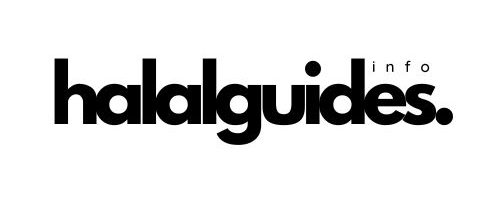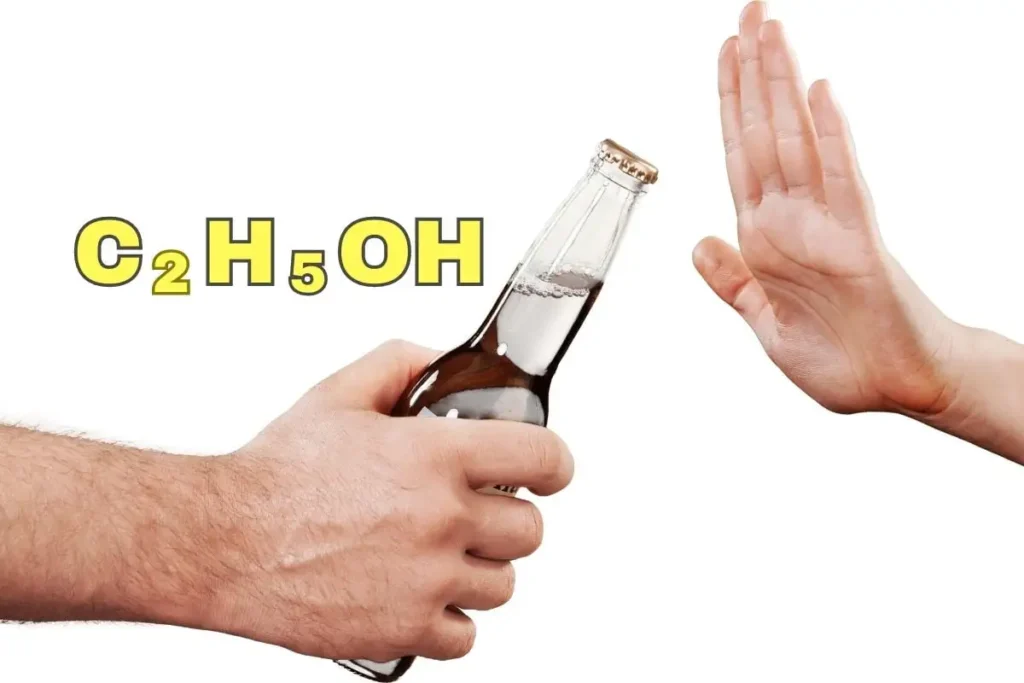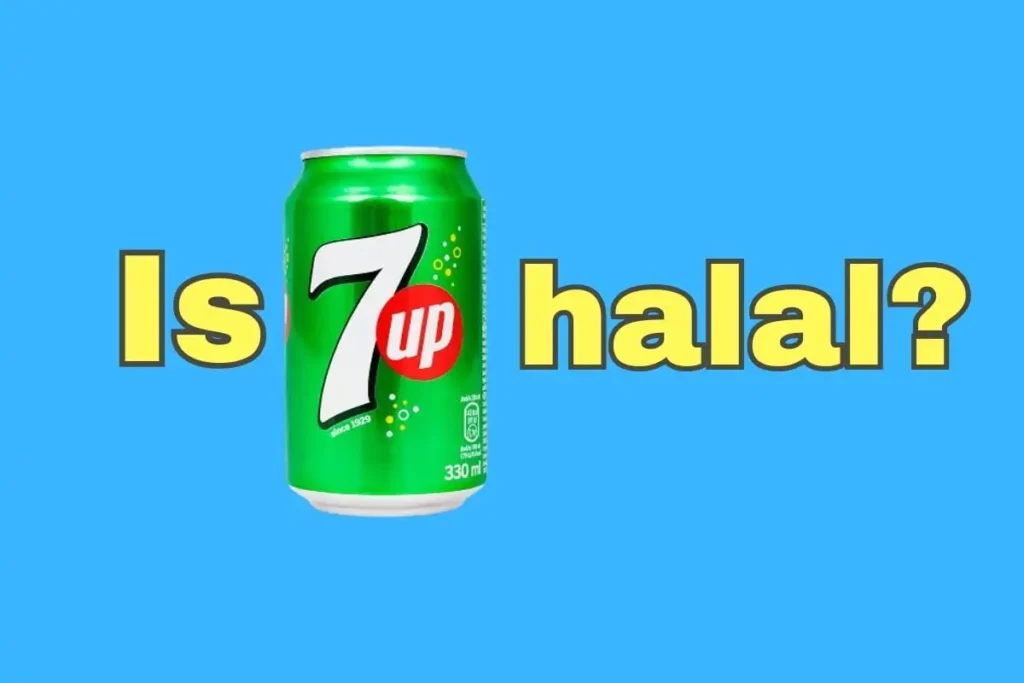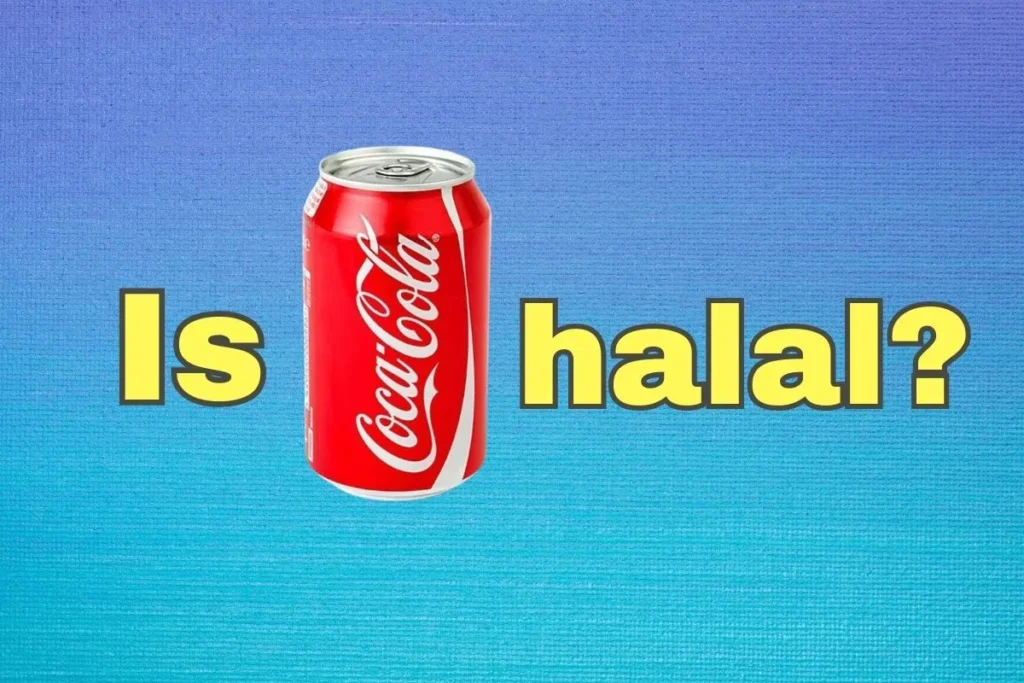In our diverse world, the intersection of food science and religious dietary laws is a topic of burgeoning interest. One question arising amidst this crossroad is, “Is E236 Halal?” This article aims to delve deeply into what E236 is, its composition, and its alignment with Islamic dietary laws.
Key Takeaways
| 📌 What is E236 (Formic Acid)? E236 is a food additive known for its preservation properties, made from simple molecules. |
| 📌 Synthetic Production: E236 is mainly produced synthetically from carbon monoxide and water, ensuring a stable supply for various applications. |
| 📌 Halal Status: E236 is generally considered Halal (permissible) because it doesn’t originate from animals, and its production process doesn’t involve forbidden elements according to Islamic dietary laws. |
What is E236?
E236, also known as Formic Acid, is a common food additive known for its preservative and antibacterial properties. Its utility in maintaining food freshness makes it a popular choice among food manufacturers. But what exactly is this compound, and how does it interact with our food?
Formic Acid is the simplest carboxylic acid with the chemical formula HCOOH. It’s a colorless liquid with a strong pungent odor, found naturally in some insects and plants. In the industrial realm, it’s produced synthetically for a range of applications from food preservation to livestock feed.
Chemical Structure

The chemical structure of E236 (Formic Acid) is quite straightforward yet fascinating. It comprises a single carboxyl group (COOH), making it a simple but potent acid. The molecular arrangement is such that it forms a planar molecule, facilitating its interaction with other substances.
This simplistic design is what empowers E236 to be an effective antimicrobial agent, warding off unwanted bacteria and keeping our foods fresh for longer.
What Is E236 Made From?
You may wonder, where does E236 come from? The journey of E236 begins with its natural occurrence in certain insects and plants. However, in the commercial domain, it’s chiefly synthesized from carbon monoxide and water under high pressure and temperature, facilitated by a catalyst. This synthetic route ensures a steady supply of E236 for its myriad of applications in our food and beyond.
Possible Side Effects
Now, onto a topic that surely piques everyone’s concern – the possible side effects of E236. While it’s lauded for its preservation prowess, it’s prudent to understand its impact on our health.
Some individuals may experience irritation in the eyes, skin, or respiratory tract upon exposure to E236. It’s a reminder that even common food additives warrant a degree of caution.
Regulations and Guidelines
Navigating through the regulatory maze can be quite an endeavor. Various international bodies have set guidelines to ensure the safe use of E236. For instance, the European Food Safety Authority has stipulated a maximum allowable concentration of E236 in food products.
Moreover, the FDA also has its set of regulations governing the use of E236. It’s a collaborative global effort to keep our food safe and our health uncompromised. For updated information on the regulations, you may want to refer to the official guidelines.
Dosage and Administration
The question of dosage is paramount, isn’t it? The adage, ‘too much of anything is bad,’ rings true even for food additives like E236. The permissible levels of E236 are dictated by the type of food it’s being used in.
Adhering to the stipulated dosages ensures that the benefits of E236 are harnessed without jeopardizing our well-being. It’s a delicate balance that underscores the importance of adherence to food safety guidelines.
Is E236 Halal or Haram?
The crux of the matter. Is E236 Halal? This question resonates profoundly within the Muslim community. The Halal status of E236 is contingent on its source and the method of its production.
If synthesized without the use of any animal-derived substances or alcohol, it’s considered Halal. However, if the contrary is true, its Halal status comes under scrutiny.
E236 is manufactured through a commercial process involving the application of heat, pressure, and a combination of carbon monoxide and sodium hydroxide. The resulting sodium formate is then decomposed using sulfuric acid.
E236 is considered halal (permissible) because its source is not animal-derived, and the manufacturing process does not incorporate any prohibited (haram) elements.
Find out more:
Is E235 Halal or Haram?
Is E237 Halal or Haram?
Conclusion
In the vast tapestry of food science and dietary regulations, we’ve unraveled the story of E236, known as Formic Acid. So, what’s the verdict on its Halal status?
E236, a simple yet potent food additive, has shown its worth in food preservation. Our journey through its origins, properties, and regulatory embrace has been illuminating. But now, you may wonder, is it Halal?
With due consideration, it’s often deemed Halal because it doesn’t stem from animals, and its production avoids forbidden elements. As the sands of time and science shift, it’s vital to stay informed about the foods we consume, ensuring they align with our beliefs and well-being.
Allahu A’lam (Allah Knows Best)
FAQ
What is the source of E236?
The tale of E236 begins with its natural occurrence in some insects and plants but takes a synthetic turn for commercial availability, primarily derived from carbon monoxide and water.
Is E236 safe for consumption?
Yes, when adhered to the stipulated dosages set by food safety authorities, E236 is considered safe for consumption. However, awareness of potential irritations is crucial.
What are some common food products that contain E236?
E236 finds its way into various food products owing to its preservative nature; from bread to canned foods, its presence is widespread.
What is the CAS number of E236?
The CAS number, a unique identifier for chemicals, for E236 (Formic Acid) is 64-18-6. It’s the passport in the realm of chemistry, ensuring its recognition worldwide.
Is E236 banned in any country?
The usage of E236 is governed by local food safety authorities. It’s crucial to stay updated on the guidelines within your region to ascertain its legality and safety.
- Is Pop Tarts Halal? What You Need to Know - February 18, 2024
- Are Graham Crackers Halal in Islam? - January 19, 2024
- Is Keebler Wheatables Halal? - January 18, 2024





